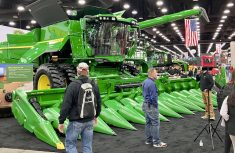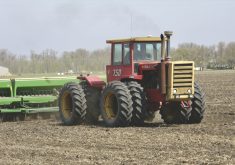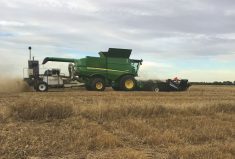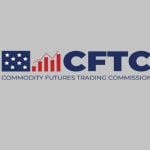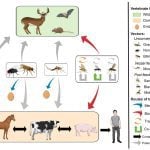An unusual thing happened in the automotive industry during the last couple of years. Or, rather, two things happened. Overall, sales of cars and light trucks fell pretty significantly. Yet corporate profits went up anyway. In fact, they soared. How? Well, to find out, just walk through any dealership lot and look at what all goes into those sticker prices.
When Covid-19 shocked the global supply chain and choked off the supply of microchips, automotive production had to throttle back. Brands found themselves with acres of partially built cars and pickups waiting to make a second trip down the assembly line when their missing components would become available.
That slowdown in production limited the number of new vehicles available to dealers, and prices of both new and used vehicles surged thanks to the law of supply and demand kicking in.
Read Also
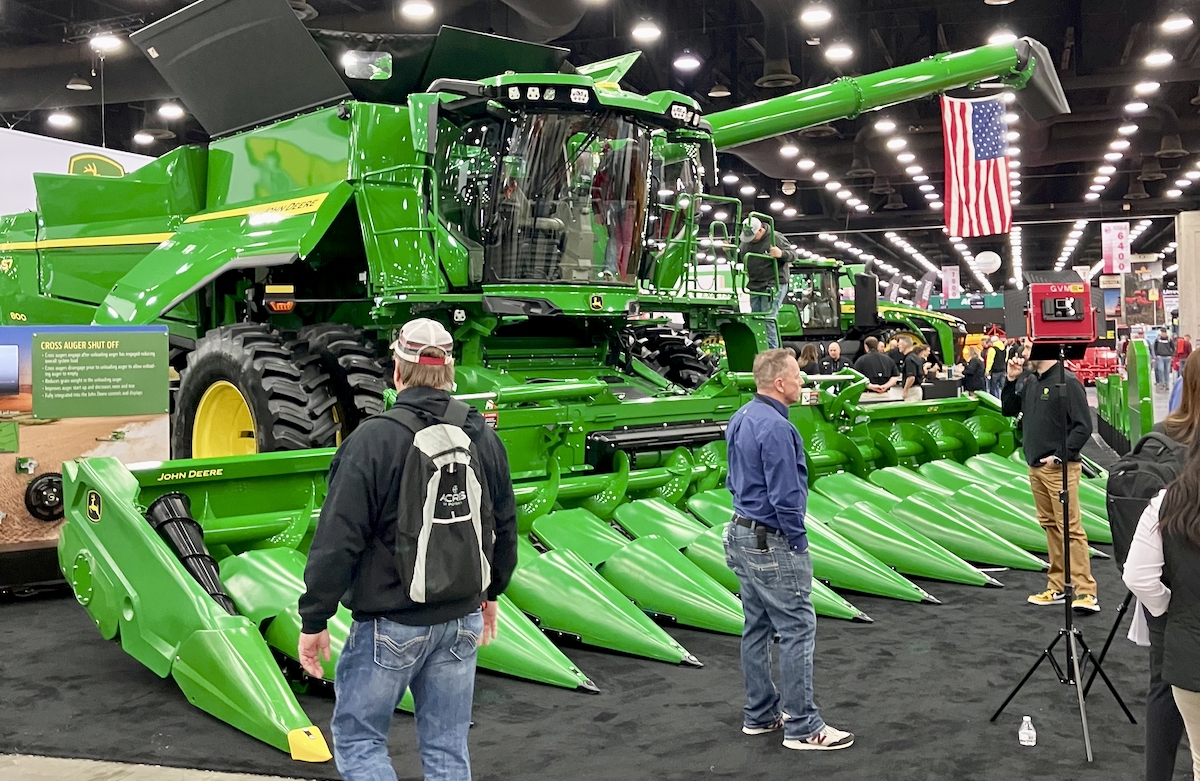
The pros and cons of new technologies
New farm technology hitting the marketplace can be awfully enticing, and it’s not been unheard of in years gone by…
To cope with the new manufacturing reality, automakers found themselves reducing or even stopping production of base-level vehicles. Instead they focused on high-end models chock full of options as they chased higher profit margins per vehicle. When combined with the boost in MSRPs, these profit margins more than made up for the lost revenue due to production shortfalls, leaving brands with those record profits.
Ag equipment manufacturers suffered the same supply chain disruptions. And, yes, just like the automakers, they, too, found themselves rolling in cash, partly for the same reason.
While overall tractor sales numbers were down in North America, the reduction occurred primarily in the low horsepower market (below 100). Those are tractors mainly bought by consumers rather than commercial agricultural operations. In fact, sales of tractors over 100-horsepower remained pretty strong. In the U.S., sales of rigid frame models in that group jumped by over 11 per cent. In Canada that segment remained nearly flat, but four-wheel-drive tractor sales rose 6.3 per cent. Sales of new combines saw double-digit increases in both countries.
That means the most expensive, highest profit margin machines saw strong sales, despite healthy price increases.
“We finished 2022 with solid results,” CNH Industrial CEO Scott Wine said during an investor conference call on the company’s end-of-year totals. “Fourth-quarter revenues were up over 27 per cent, driving full-year consolidated revenues up 21 per cent.”
That’s got to be the very definition of “buoyant.”
“Our strength was broad-based with double-digit year-over-year price realization coming from all regions,” Wine said. “We expanded profit margins in both agriculture and construction despite significant cost increases.”
AGCO’s year-end report reveals it too saw a jump in net profits in 2022, with a total of US$11.1 billion flowing into their pockets. And the percentage of that money it got to keep went up as well. Operating margin grew from 9.1 per cent in 2021 to 10.3 per cent.
Things were pretty rosy at John Deere too. Net income attributable to it in its 2022 fiscal year was $7.13 billion, compared with $5.96 billion in 2021.
Even though corporate shareholders were smiling about the size of their dividend cheques at a time of manufacturing disruptions, executives at all three ag equipment majors have been working to create a higher and even more stable income stream, one that will make them less vulnerable to market swings in the future.
One of their primary goals is to continue to increase overall profit margins. John Deere has targeted a lofty overall 20 per cent profit picture by 2030, up from the roughly 15 per cent it currently enjoys.
For all brands, those profit margin gains will come partly from cost-cutting efforts through a variety of new-parts sourcing strategies as global supply chain routes gradually realign, but part of it will also come from sustained higher retail prices, which Scott Wine sees as continuing. “… customers have responded with continued demand for our high-end product at prices offsetting increased production costs. With confidence in the stickiness of our price increases, we expect to build on our margin gains by taking more costs out of our system.”
What that means for producers is don’t expect any major price incentives to stimulate sales of new machinery in the foreseeable future — unless market conditions change pretty drastically.
There is also another strategy all the brands have been chasing to improve profitability. It’s a relatively new income model in the ag equipment sector, one where repeatable subscription fees account for an increasing share of overall brand revenue.
“Since inception, Deere has relied on a business model that monetized products at point of sale,” said Ryan Campbell, CFO at John Deere. “However, the nature of our solutions (read: products) are changing. They combine the equipment, which will largely remain on a point-of-sale model, with machine learning and an ever-increasing software component … (that) ties payment more closely to value creation (for farmers), ultimately moving us from a point-of-sale, to creating on-going value for customers.”
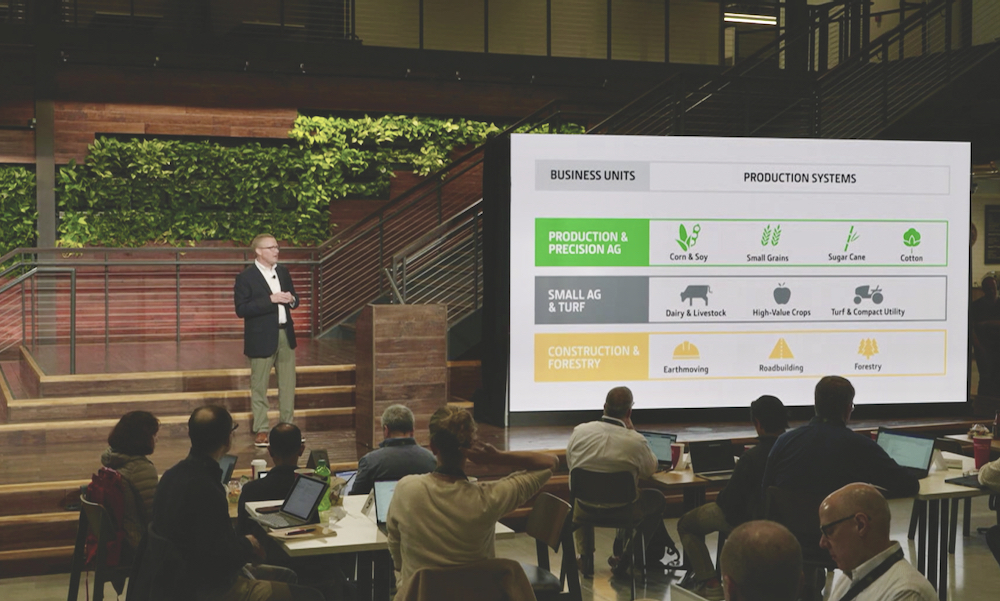
Translated into plain language, that means Deere wants to increase the number of features on its equipment that the company can sell on a subscription basis. Executives believe farmers will be willing to pay for them in that way if they add value.
“We expect about 10 per cent of our revenue to be recurring by 2030,” said Deere’s deputy financial officer Joshua Jepson. “This will increase the consistency of our through-cycle earnings.”
That steady stream of cash will help smooth out the boom-and-bust cycles that have dominated sales in the ag machinery sector since, well, forever.
AGCO, too, has announced similar goals for repeatable services. But looking long-term, targeting them as just 10 per cent of overall income at brands may be peanuts, according to Deere CEO John May. He told a group of investment analysts during an information session in Des Moines earlier this year that the potential value of such as yet untapped business services globally may be as large as US$150 billion.
“We see a future where nearly 40 per cent of our revenue is recurring or less cyclical,” added Jepson. “And the per cent of earning (profit margin) tied to these recurring revenues will be even higher.”
Much of those recurring revenue streams will come from precision ag products and handling data that gets collected from machines, transferred and stored in the cloud. Services like John Deere’s Operations Centre will be at the heart of that kind of revenue stream.
And in a new twist for the industry, activation of the high-end features built in to new machines will begin to use that model. The functions will be built into all machines leaving the factory, but getting those features, like Deere’s new See & Spray selective spray technology, to operate on new sprayers will require a subscription fee. Instead of paying a one-time retail price for it, producers can enable the feature when they need it, then use and pay for it on a per-acre basis.
“Many of these solutions will be software- or machine-learning enabled, lending themselves well to recurring or per-use monetization models,” said Deanna Kovar, VP production and precision ag at John Deere.
And as autonomy begins to become more common in ag equipment, Deere sees the pay-as-you-need-it approach as a way to not only create ongoing revenue from that technology as well, but also to speed up the adoption of it.
“In order to accelerate that adoption, we plan to include the required autonomous sensors to compute (autonomous operation) in the base configuration (of new machines) in the next few years,” said Igino Cafeiro, the founder of Bear Flag Robotics, a company Deere purchased sin 2022. “And what this is going to mean for a farmer is with the tap of the screen they can unlock the full potential of autonomy on that tractor that’s already sitting in their yard. Autonomy will be the Aspirin a farmer needs, right when they need it most.”
So eventually all of Deere’s large ag equipment will come autonomy-ready right from the factory. If you want the machine to run that way, pay the subscription fee to unlock that built-in capability.
“The goal finally being that all large tractors that ship come with this autonomy kit on board,” added Willy Pell, vice-president of autonomy and new ventures at Deere.
Of course, the more that sophisticated features can be subjected to a subscription model, the more opportunity for brands to build that ongoing income stream.
“We are, this year, also in advanced testing at customer sites with four additional products in the ‘sense and act’ (read: automation) family,” said Jorge Heraud, vice-president of automation and autonomy at John Deere. “Two of them are in harvesting. One is in planting. And one is in construction. And there is more coming on later. This technology, robotics and artificial intelligence are going to be propelling us to the next stage. John Deere is quickly becoming a world-leading robotics and artificial intelligence company.”
All of that means the way ag equipment brands do business and earn income will be substantially different in the coming decades than in the past.
Said May: “The result is two outcomes. First, a structurally more profitable company. Second, an organization that is now prepared to deliver on the next opportunities. Or as we call them: leaps ahead.”




